What do we know about mushrooms? Not much. A common person can only tell the difference between champignons and porcini fungi whereas multiple other kinds of healthy foodstuff exist!
They are easy to cook and simple to store in the fridge. More than that, fungi are a rich source of vitamins and other beneficial elements.
Adding these vegetables (yes, they are lumped in the veggie category!) to various dishes, you will make your meals more aromatic and delicious without any effort.
So what makes mushrooms so nutritious?
- They contain antioxidants that protect us from free radicals. It means that eating fungi will prevent heart issues, cancer, aging, and boost our immune system!
- Fungi have beta-glucan that is beneficial for heart health and keeps the cholesterol level balanced.
- They are loaded with B vitamins.
- Having fungi in our daily meals provides us with copper and potassium. These elements make our bones and muscles stronger and healthier, besides, potassium improves the nerve function.
Let’s see now what fungi we can find on the store shelves to enjoy at home!
Related: How Long Do Mushrooms Last In The Fridge?
White button fungus
It has a mild taste and it’s flavored less intensively. It can be consumed both fresh and cooked.
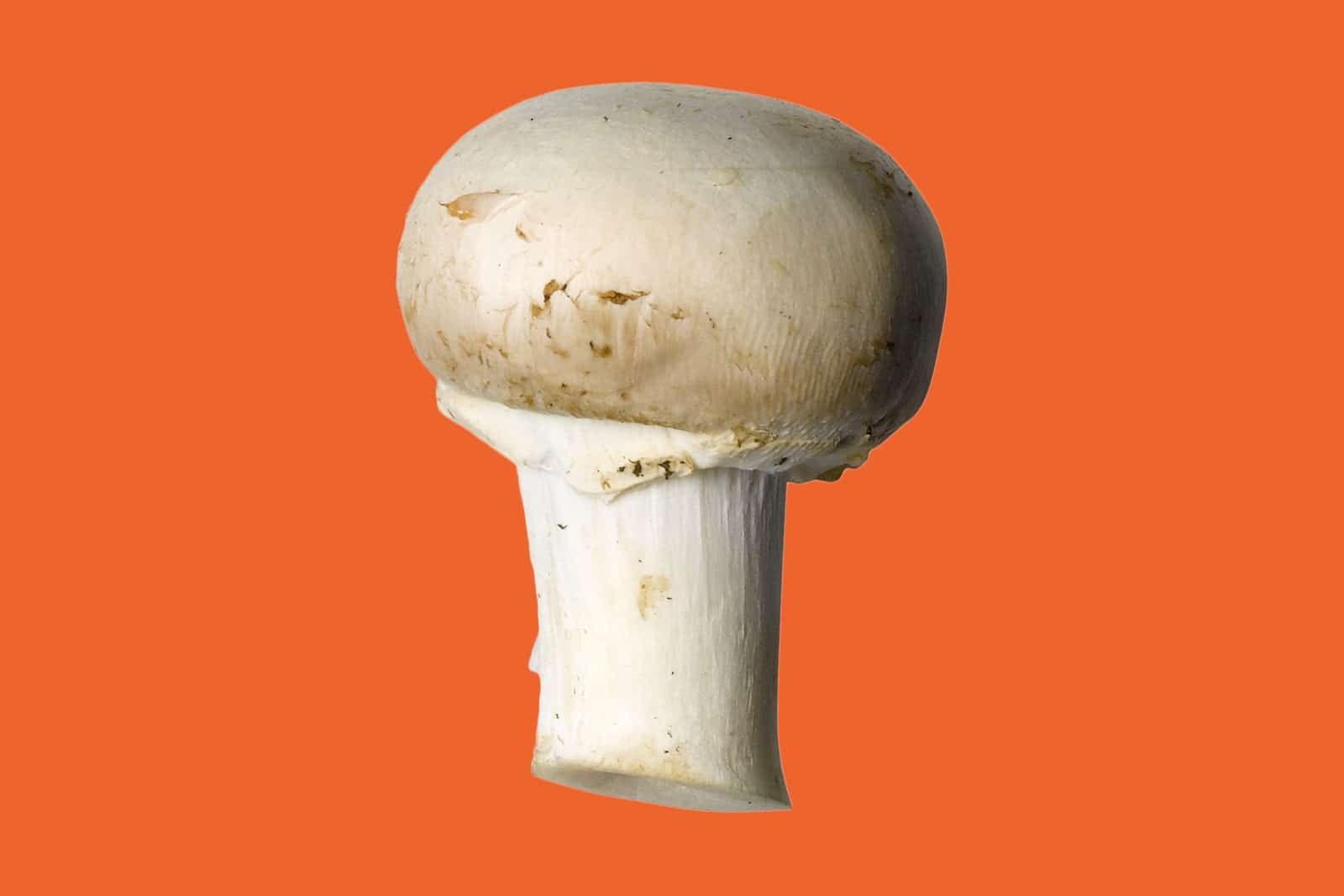
Crimini
Firm and flavorous fungus which is a baby portobello.

Portobello
Thick and rich, they fit macaroni and sauces wonderfully.

Shiitake
Add an intense woody flavor to cooking with these Japanese fungi!

Maitake
These ones have an earthy aroma that will make well-known foods taste new.
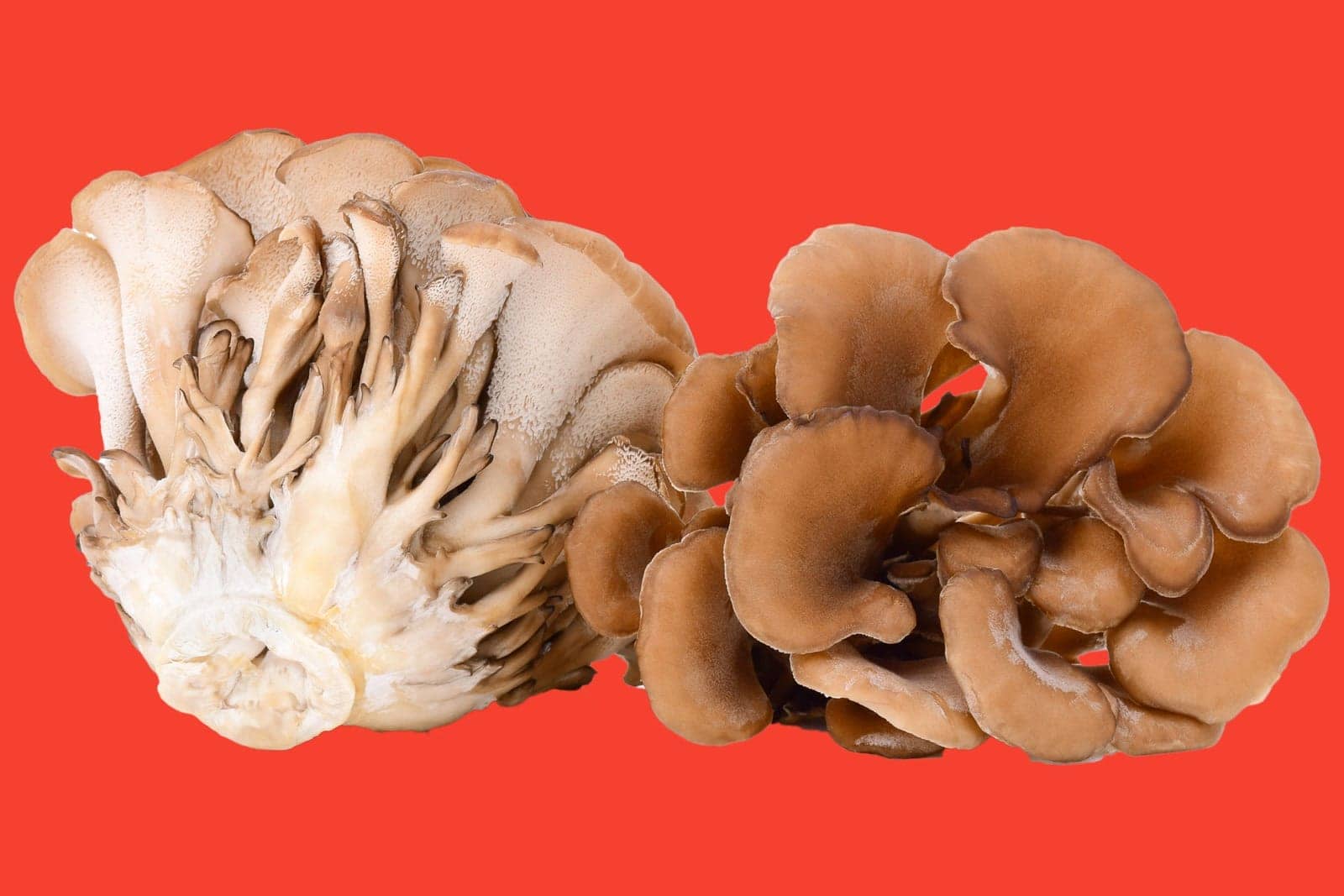
Oyster fungus
Perfect for soups and stir-fries.
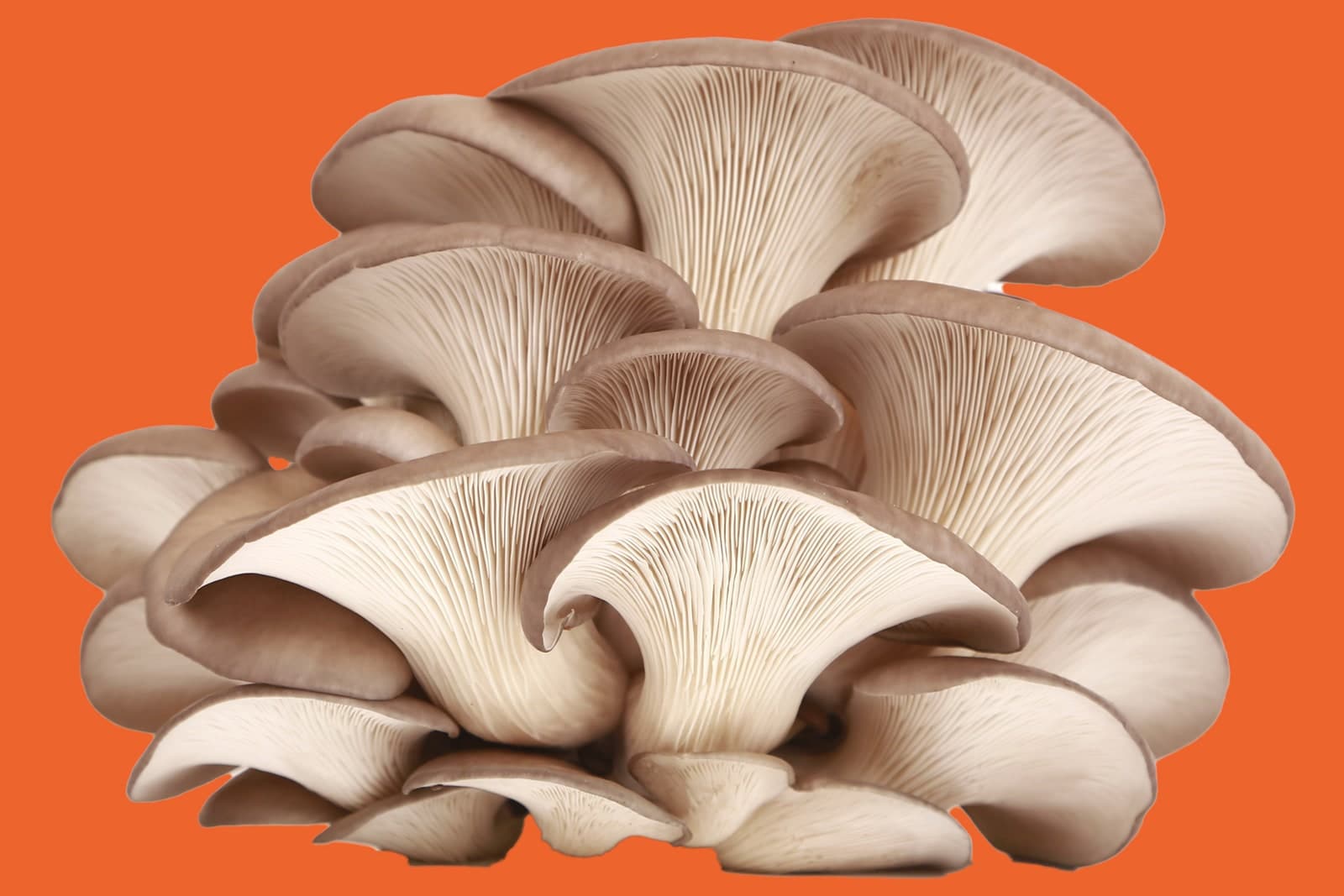
Enoki
Typical Japanese fungi, they are grown in the wild and are good when consumed uncooked.
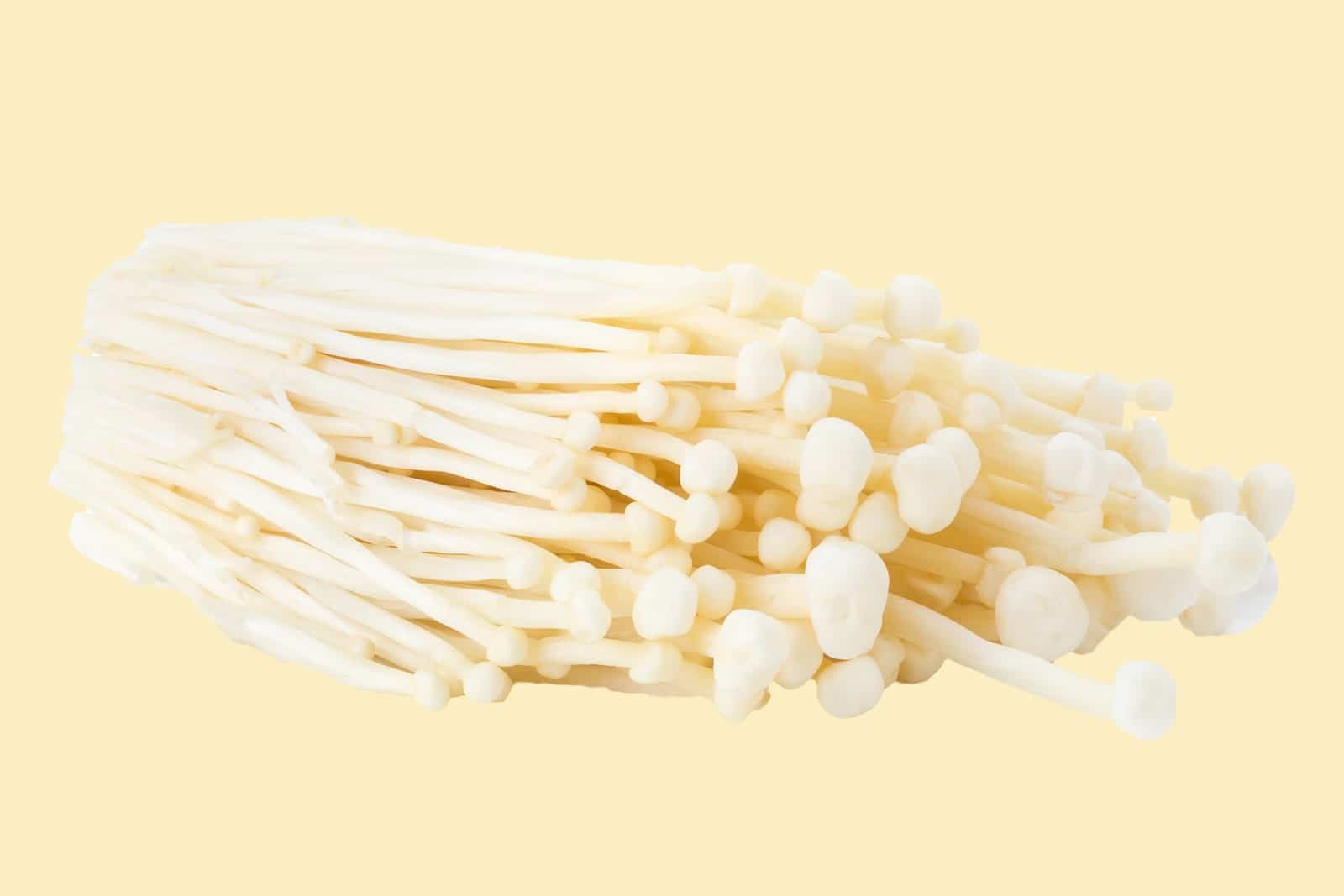
Beech fungi
Perfect for frying becoming crunchy and nutty-sweet!
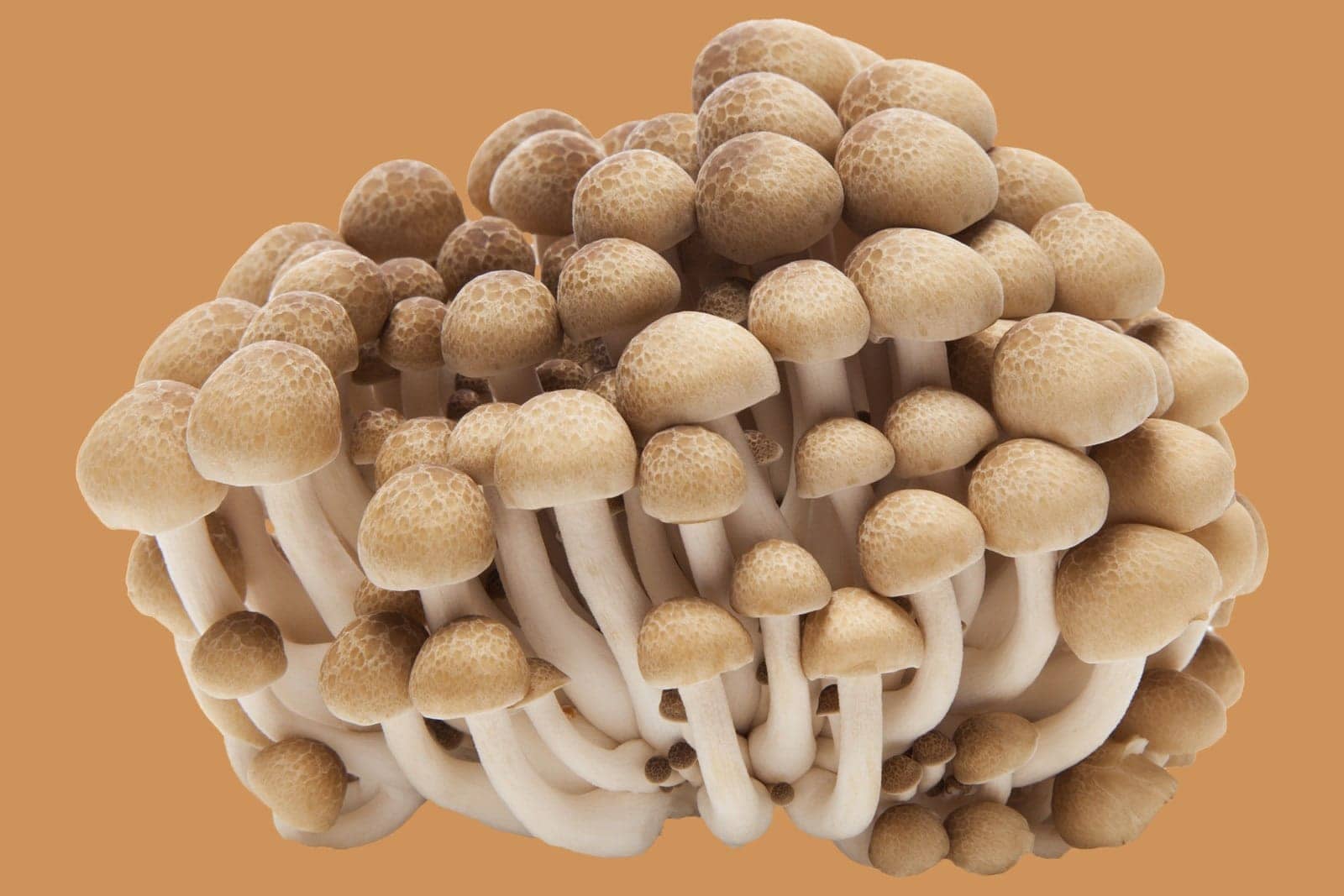
King Trumpet Fungus
Cook their thick and meaty stems since that’s what is worth trying!

Chanterelle
With the apricot scent, these fungi will enrich any dish.

Porcini
With the taste that reminds sourdough and has both creamy and nutty notes, these fungi are one of the favorites in Italian cuisine.
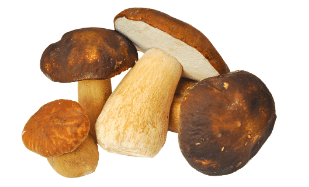
Hedgehog fungi
These funny things taste sweet and somewhat nut-like, and, if cooked correctly, they’ll become super crunchy!
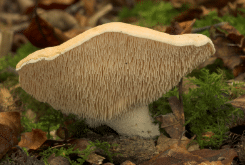
Chicken of the Woods
Sounds (and looks) weird but this fungus is a perfect poultry substitute since it tastes exactly like chicken!
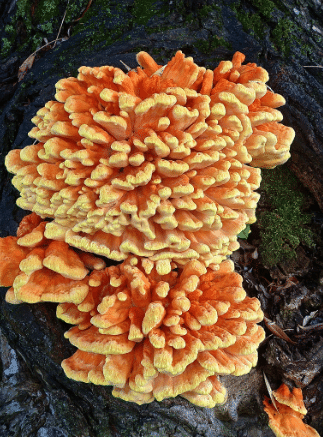
Black trumpet
Though these fungi don’t look much attractive, they are known for a rich smoky flavor that reminds of black truffle when mushrooms dry.

Wood Blewit
Though edible, these fungi might lead to allergy in some people even when cooked.
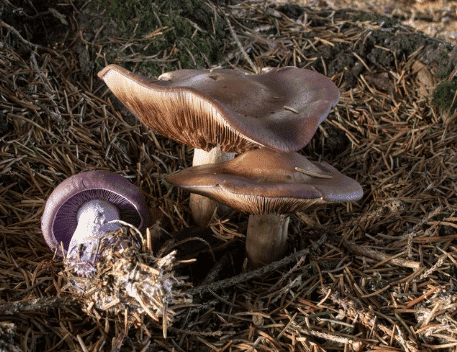
Morels
With the meaty texture, they have an earthy and slightly nut-like flavor and still very tender.
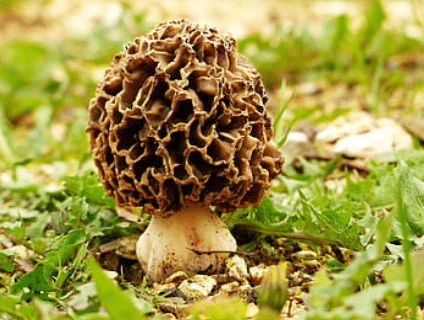
Shimeji
Another Japanese fungus, shimeji fungi are bitter when raw but they’ll enrich the flavor of any dish you add them to.

Lion’s mane fungus
Looks funny but it’s very healthy and tastes like crab meat.

Giant Puffball Mushroom
They can weight around 20 kg when fully grown but for cooking, we pick them small.
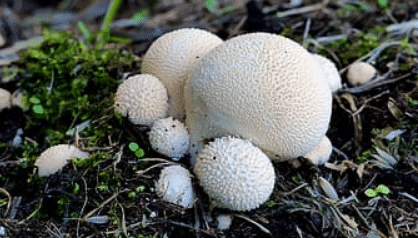
Matsutake
Very rare but so tasty!
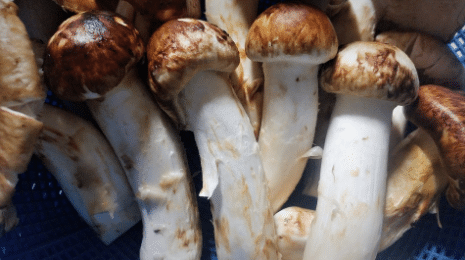
As you know, fungi can be wild and grown cultivated. If the latter ones are fine to consume since they were checked for safety, wild fungi must be treated with care and caution.
Unless you’re a pro at mushroom-picking and know all of them perfectly, don’t risk and better buy these delicious veggies in a shop.